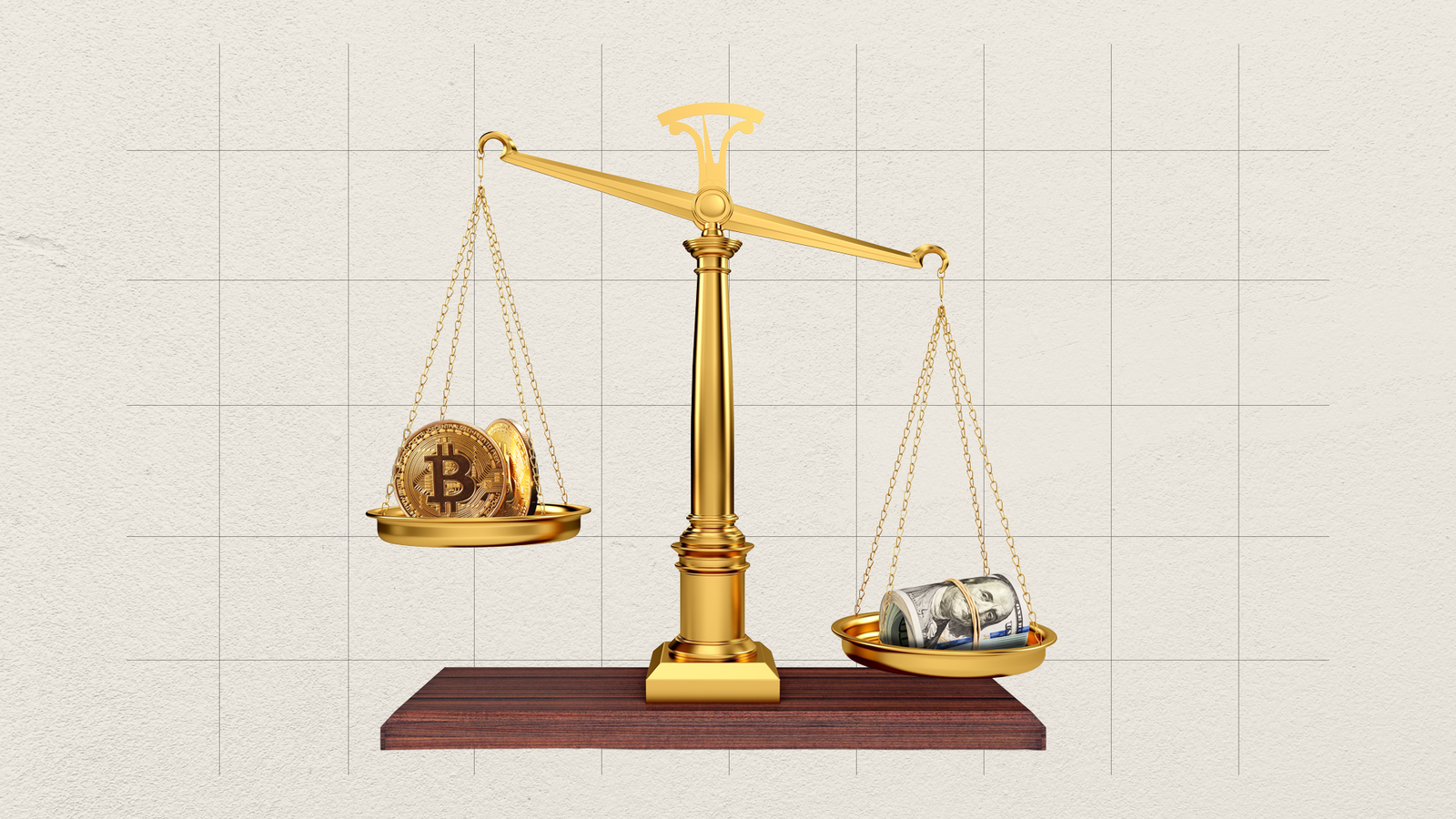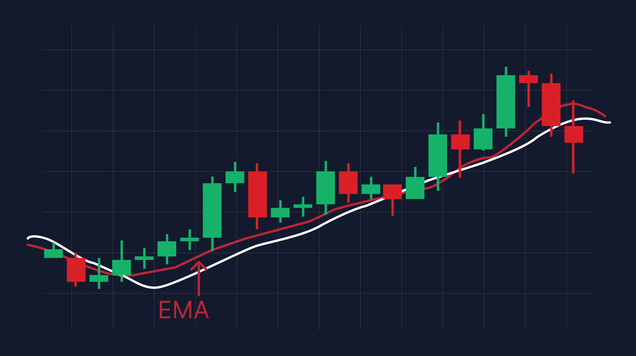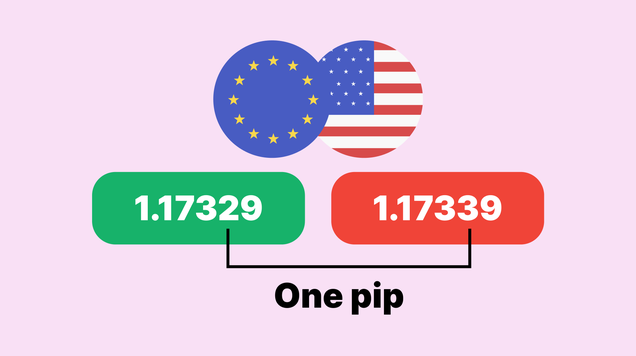What is leverage in cryptocurrency trading
Leverage in cryptocurrency trading involves increasing the exposure of a trade through a smaller capital allocation known as 'margin'. Such exposure has the potential to significantly increase profits, although it concomitantly amplifies the risk of losses.

Leverage is a mechanism that allows traders to amplify their exposure to the market using funds borrowed from an intermediary.
Cryptocurrency trading (encompassing Bitcoin and Altcoins) is based on speculating on price fluctuations, allowing profits to be generated in both bull markets (long positions) and bear markets (short positions).
Margin management is critical to maintaining open positions. There are two primary types: initial margin (the deposit required to open the position) and maintenance margin (the minimum absolute balance required in the account).
Given the high risk associated with leverage, it is imperative to utilise money management tools. Key strategies include position sizing, the use of stop-loss and take-profit orders, the application of risk-reward ratios, and portfolio diversification.
What is cryptocurrency trading?
Cryptocurrency trading involves the buying and selling of digital assets (whether Bitcoin or Altcoins) with the objective of generating a profit from price fluctuations, achieved by taking either long or short positions.
Bitcoin is the most widely used and traded reference cryptocurrency, while Altcoins represent all alternative cryptocurrencies to Bitcoin. Through these digital assets, it is possible to speculate on the fluctuations in their prices.
If a trader predicts that an asset's price will rise, they can execute a purchase (long position) with the aim of selling the position when the price has indeed appreciated, capitalising on the difference between the low purchase price and the higher sale price. In contrast, if the trader estimates that the price will decline, they can perform a short sale (short position) with the aim of selling at a high price and closing the trade at a lower price level.
Cryptocurrency trading has attracted the interest of traders globally due to its potential for high profitability; however, as these are considerably volatile assets, the risk of substantial losses is also elevated. Therefore, it is of utmost importance to understand that the use of leverage increases both the potential for profitability and the risk of loss. The first step of relevance lies in comprehending its nature, characteristics, and implications.
What is leverage and how does it work?
Leverage is a mechanism that allows traders to amplify exposure in a trade through the use of borrowed funds, typically provided by a financial intermediary or broker. Among the primary objectives of using leverage are: to execute hedging operations, to achieve greater diversification (since the capital required per trade is lower), and to maximise profitability within a shorter timeframe.
However, the consequence of this amplification is an inherent increase in risk, as potential losses are also maximised if the market moves against the desired direction.
To understand leverage in cryptocurrencies, consider the following example: if the price of Bitcoin is $100,000 and the instrument offers a leverage of 1:10, then the margin required to open the position would be $10,000 ($100,000 / 10). This means that the trader would only need to provide 10% as collateral to open a position with a much higher notional value ($100,000). The remainder of the position is effectively financed by the broker.
Crucially, the trader is exposed to changes in the total value (notional value), not merely changes in the margin. A decline in Bitcoin from $100,000 to $90,000 (a 10% drop) would imply the loss of an amount equivalent to the entire required margin (initial margin). In contrast, if Bitcoin were to rise from $100,000 to $110,000 (+10%), such a variation would imply a 100% gain relative to the initial margin invested.
Types of margins in cryptocurrency trading
Margin is a fundamental concept in leveraged trading, representing the collateral value required to open and maintain a position. There are two distinct types of margin in crypto trading:
- Initial Margin: This is the security deposit required to open a leveraged position. It is generally calculated as a percentage of the notional value. For instance, if the leverage is 1:10, the initial margin will be 10% (1/10 = 0.10). If the leverage is 1:20, the margin to deposit would be 5% (1/20 = 0.05). In cryptocurrency trading, the initial margin requirement depends on the broker and the specific type of derivative being traded.
- Maintenance Margin: This is the absolute minimum balance that must be maintained in a trading account to keep one or a set of positions open. Generally, the maintenance margin is lower than the initial margin and is calculated cumulatively if there is more than one open position. The net percentage required will depend on the broker and the instrument. If the floating value of the position or trading portfolio falls to the maintenance margin level, the broker will issue a margin call, requiring the trader to deposit additional capital; otherwise, the broker will commence closing positions (liquidation) to prevent the account balance from turning negative.
Types of derivatives for cryptocurrency trading
Various derivative instruments, such as options, are utilised for cryptocurrency trading; however, Futures and Contracts for Difference (CFDs) are widely favoured due to their similarities in margin utilisation. Their distinctions are described below:
- Cryptocurrency Futures: These are standardised contracts traded on specialised derivatives exchanges, a structure that significantly decreases counterparty risk. They allow a trader to buy or sell a cryptocurrency at a predetermined future date. While they can be used for hedging, they are commonly employed for speculation. Like CFDs, they are traded on initial margin and require a maintenance margin to remain open.
- Cryptocurrency CFDs: These are contracts traded on the Over-The-Counter (OTC) market; thus, traders rely on a widely regulated broker to minimise counterparty risk. They are primarily used for speculation. Like futures, they operate on the logic of initial margin to open a position and maintenance margin to sustain it.
Risk management tools in cryptocurrency trading
Due to the use of leverage, applying proper risk management is essential in cryptocurrency trading, particularly given the heightened volatility of digital assets. The following tools are commonly used to manage risk and capital in leveraged trading:
- Position Sizing: This involves identifying a specific percentage of the total capital (balance) to be used as margin, thereby controlling the account's exposure. For example, if a trader determines they will only expose 2% of a total balance of $10,000, the initial margin allocated to the trade would be $200 ($10,000 * 0.02).
- Use of Stop-Loss and Take-Profit: These are complementary pending orders that are triggered the moment the price reaches specified levels. The primary benefit is that the trader can estimate, before opening a leveraged position, exactly how much they stand to gain and how much they are willing to lose.
- Risk-Reward Ratio: This is applied through the parallel use of stop-loss and take-profit orders to evaluate a position's viability. The objective is to maximise potential profit while minimising potential loss. For instance, if a trader risks a loss of $100 to seek a profit of $200, the risk-reward ratio would be 1:2, as they are aiming to gain twice the maximum allowable loss.
- Diversification: This is one of the most relevant risk management tools because it decreases the volatility of a portfolio compared to the volatility of an individual asset. One of its main objectives is the construction of portfolios with the lowest possible correlation between components, which requires thorough study and extensive technical knowledge.
Conclusion
Cryptocurrency trading using leveraged instruments has become highly popular globally due to the significant profit potential it offers; however, the risk of loss is equally elevated. To practise it effectively, it is necessary to possess technical knowledge regarding concepts such as leverage, margin, and derivatives, as well as the risk management tools required. Risk and capital management are essential to this type of trading because the use of leverage increases price sensitivity in a market that is already inherently volatile.
Frequently asked questions about leverage in crypto trading
What is leverage in cryptocurrency trading?
Leverage is a financial mechanism that allows traders to increase their exposure to the market by using funds borrowed from an intermediary. This means that a position of higher nominal value can be opened using only a fraction of the equity capital, known as margin. While this tool has the potential to significantly amplify gains in short periods, it also maximises losses if the market moves in the opposite direction to that anticipated.
What is the difference between initial margin and maintenance margin?
Initial margin is the mandatory collateral deposit that a trader must provide to open a leveraged position, calculated as a percentage of the total value of the trade. Conversely, maintenance margin is the absolute minimum balance that must remain in the account to keep that position open. If the balance falls below this level due to losses, the broker may request more funds or automatically close the trade (liquidation).
What derivative instruments are used to trade with leverage?
The most common instruments are Cryptocurrency Futures and Contracts for Difference (CFDs). Futures are standardised contracts traded on specialised exchanges and are used for both hedging and speculation. CFDs are traded on Over-The-Counter (OTC) markets through brokers and also allow traders to speculate on price fluctuations. Both instruments operate under the logic of margins to enhance exposure to the asset.
What tools exist to manage leverage risk?
To mitigate the high volatility and amplified risk of leverage, it is imperative to use money management tools. Key strategies include position sizing to limit the percentage exposure of the account, and the use of stop-loss and take-profit orders to automate the closing of trades at predefined levels of profit or loss. It is also recommended to apply an appropriate risk-reward ratio and ensure portfolio diversification.









